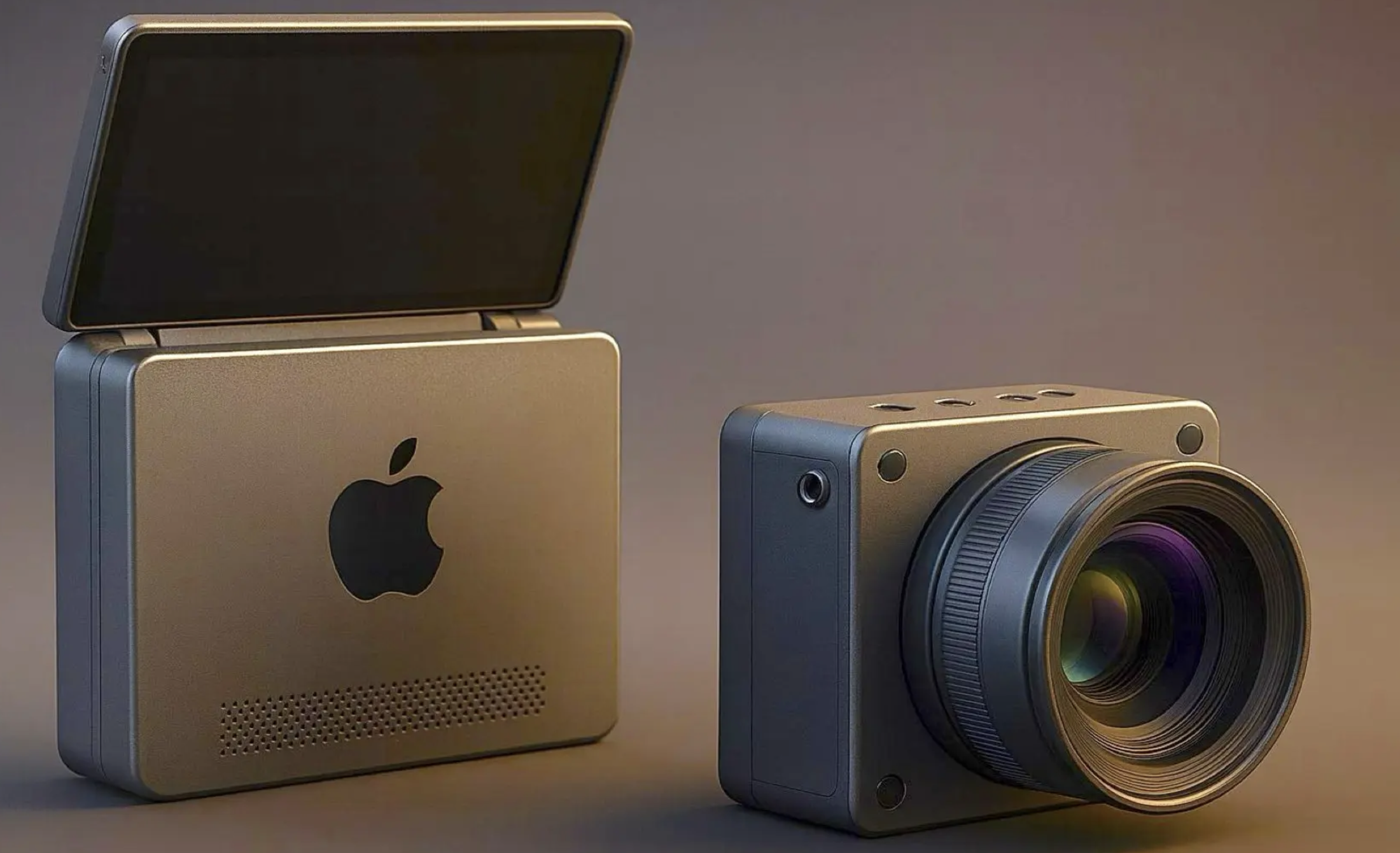Apple’s most awaited launch of the iPhone 16 has finally happened – the Cupertino-based giant has launched four models in the iPhone 16 series.

Launched at the “It’s Glowtime” event, the four models by Apple are the iPhone 16, iPhone 16 Plus, iPhone 16 Pro and iPhone 16 Pro Max.
Ahead of the launch, Apple slashed the prices of the iPhone 15, and iPhone 14 models as well.
Today, let’s take a look at the top five differences between the iPhone 16 and the iPhone 15!
Top Five Differences Between iPhone 16 and iPhone 15
Design and Display Quality
The iPhone 16 may have smaller screen borders (saved for Pro models), but it keeps the same 6.1-inch screen, metal frame, and matte glass surface as the iPhone 15.
Notable modifications include the addition of new buttons including the Action Button and Camera Control, which enhance usefulness over the iPhone 15, and a redesigned pill-shaped camera to accommodate Spatial Video.
Performance and Software
The A18 chip, which powers the iPhone 16, is two generations ahead of the A16 Bionic chip in the iPhone 15, having been created using 3nm technology.
The iPhone 16’s 8GB RAM makes it ideal for AI workloads, however the iPhone 15’s 6GB RAM may restrict some AI functionality.
Camera
The iPhone 16’s camera system is more useful than the iPhone 15’s, with a new pill-shaped design and the Camera Control button.
Although the 48MP primary camera on both devices is the same, the iPhone 16 has a quicker ultra-wide aperture and macro shooting capabilities that enhance low-light photos.
Haptics and Audio Quality
The iPhone 16’s loudspeakers continue to provide better audio, but marginally so when compared to the iPhone 15. As demonstrated by the Taptic Engine’s outstanding feedback since the iPhone 6s, haptics are still consistent.
Battery and Charging
The iPhone 16’s battery life is marginally longer than the iPhone 15’s, with 22 hours of video playback as opposed to 20 hours on the former.
For the first time, wireless charging is faster than wired, with MagSafe allowing 25W instead of 15W. Wired charging still only supports 20W.














